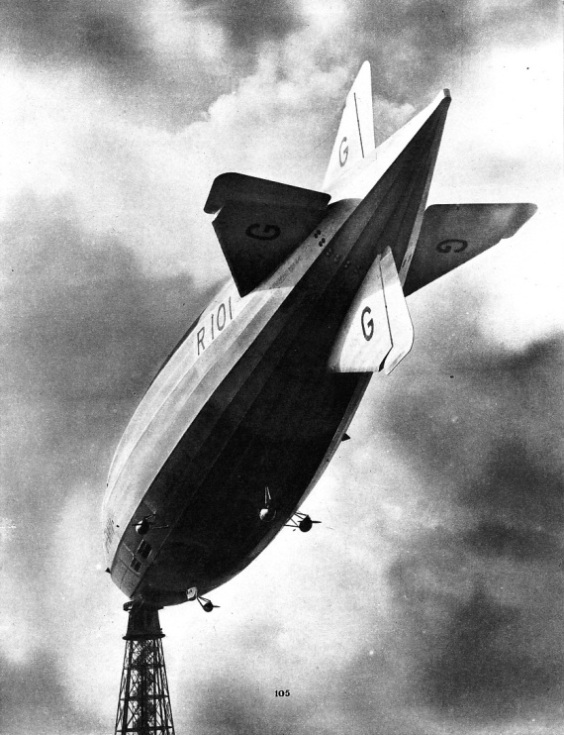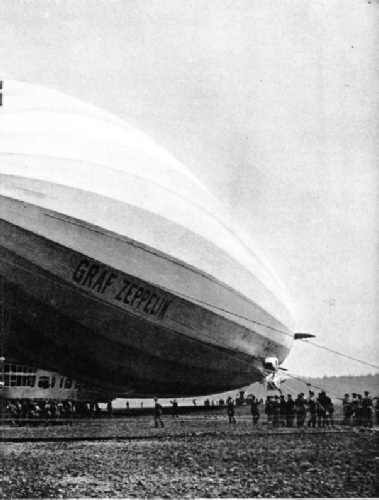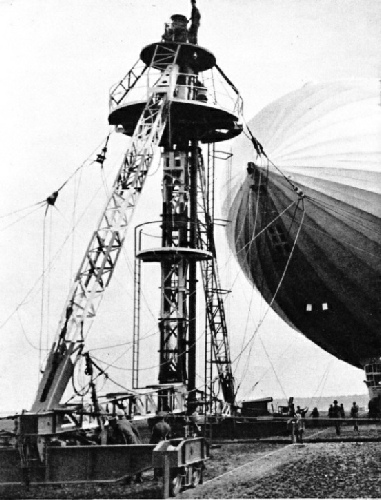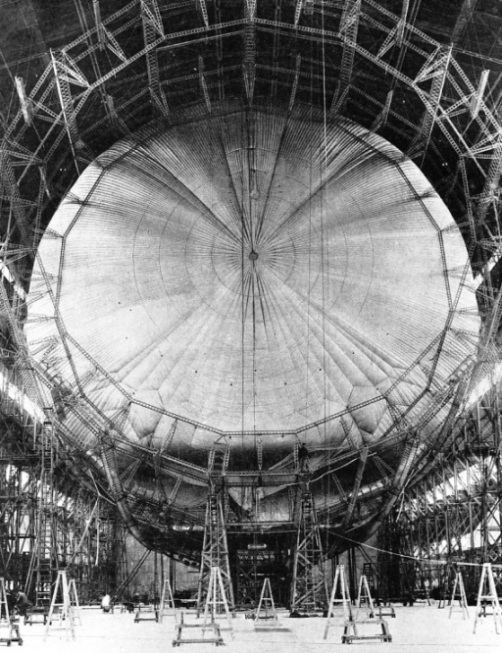
© Wonders of World Aviation 2015-


Part 4
Part 4 of Wonders of World Aviation was published on Tuesday 29th March 1938, price 7d.
This part included a central photogravure supplement showing various types of airship which illustrates the article Types of Airship.
The Cover
There are no editorial notes about this cover, which shows a propeller and engine of an unidentified aeroplane.
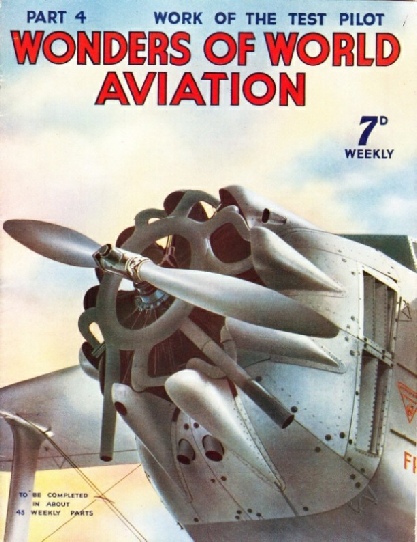
Contents of Part 4
The Caterpillar Club (Part 2)
The story of the Caterpillar Club, a fraternity of about 1,700 men and a few women, of many nationalities, whose lives have been saved by the Irvin Air Chute. This chapter is concluded from part 3.
Work of the Test Pilot
The most important part of the test pilot’s job is the testing of prototypes, or first machines of new types of aircraft. He has not only to assure himself that the aeroplane is right in every particular, but he has to be completely satisfied in his own judgment. In other word, he must know that the new type is not defective in any way.
The three types of airship, rigid, semi-
Captain Ball, VC
This brief chapter is on the late Captain Albert Ball, VC.
This is the first article in the series Epics of Service Flying.
The First British Pilot
The distinction of having been the first British aviator to make a controlled flight is held by Lieut.-Colonel J. T. G. Moore-Brabazon. This chapter provides biographical information on Lieut.-Colonel Moore-Brabazon.
It is the third article in the series on Makers of Air History.
Conquest of the North Atlantic (Part 1)
The first non-stop flight from the New World to Europe, the historic achievement of the late Sir John Alcock and Sir Arthur Whitten Brown. This chapter describes their superb feat of when, in June 1919, they flew a Vickers Vimy biplane form St John’s, Newfoundland, to Clifden, Ireland. Through fog and sleet, they flew 1,960 miles to make the first direct, non-stop flight across the North Atlantic. This chapter is concluded in part 5.
This is the third article in the series on Great Flights.
Types of Airship
Photogravure Supplement
RIDING AT HER MOORING MAST at Cardington, Bedfordshire, the British rigid airship R 101. This airship marked several departures from previous practice. Her five engines were Beardmore Tornado heavy-oil engines working on the compression-ignition system. They provided heavier than had been estimated and an additional gas compartment was incorporated to increase the lift, giving a total capacity of 5,500,000 cubic feet and a final length of 777 feet. The R 101 was wrecked in France on October 5, 1930.
Types of Airship: Photogravure Supplement - 2
GRAF ZEPPELIN at Frankfurt-am- Main, Germany. Launched in 1928, the Graf Zeppelin ha many remarkable performances to her credit, including a number of cruises to South America and a flight round the world. She is 772 feet long and has a maximum diameter of 100 feet, her capacity being about 3,710,000 cubic feet. The German type of transporter mast will be noted.
Types of Airship:
Photogravure Supplement - 3
THE INTERNAL STRUCTURE of the R 101 consisted of fifteen main longitudinal members with as many intermediate longitudinals between them. The main transverse frames, of which there were also fifteen, were of deep triangular section. Steel tubing was extensively used.
